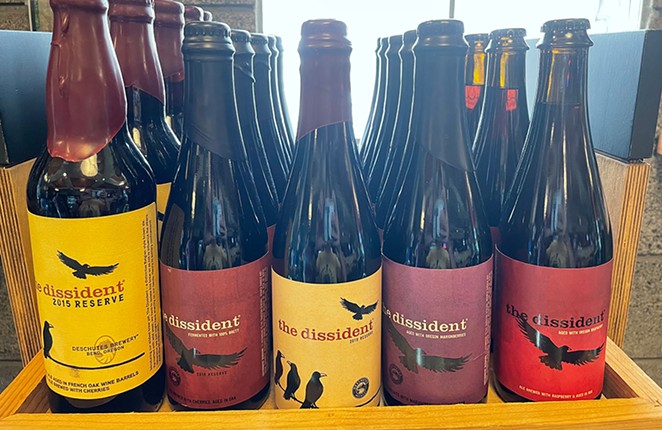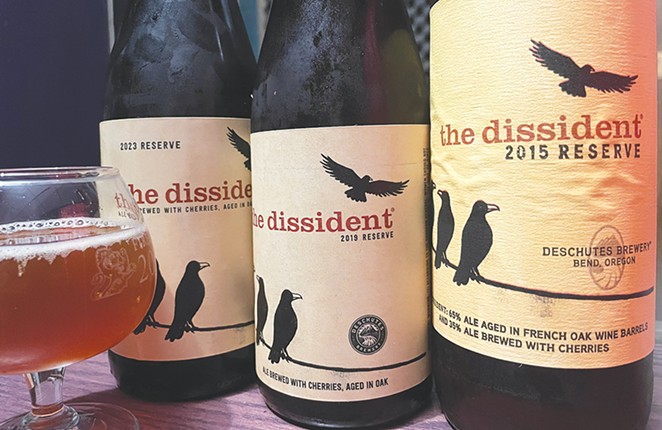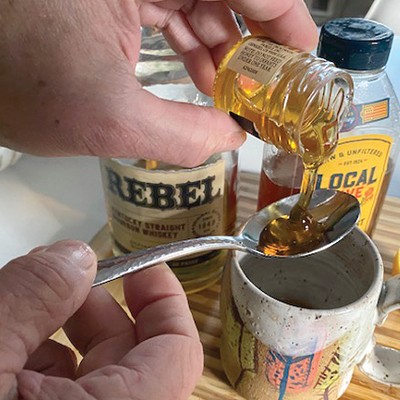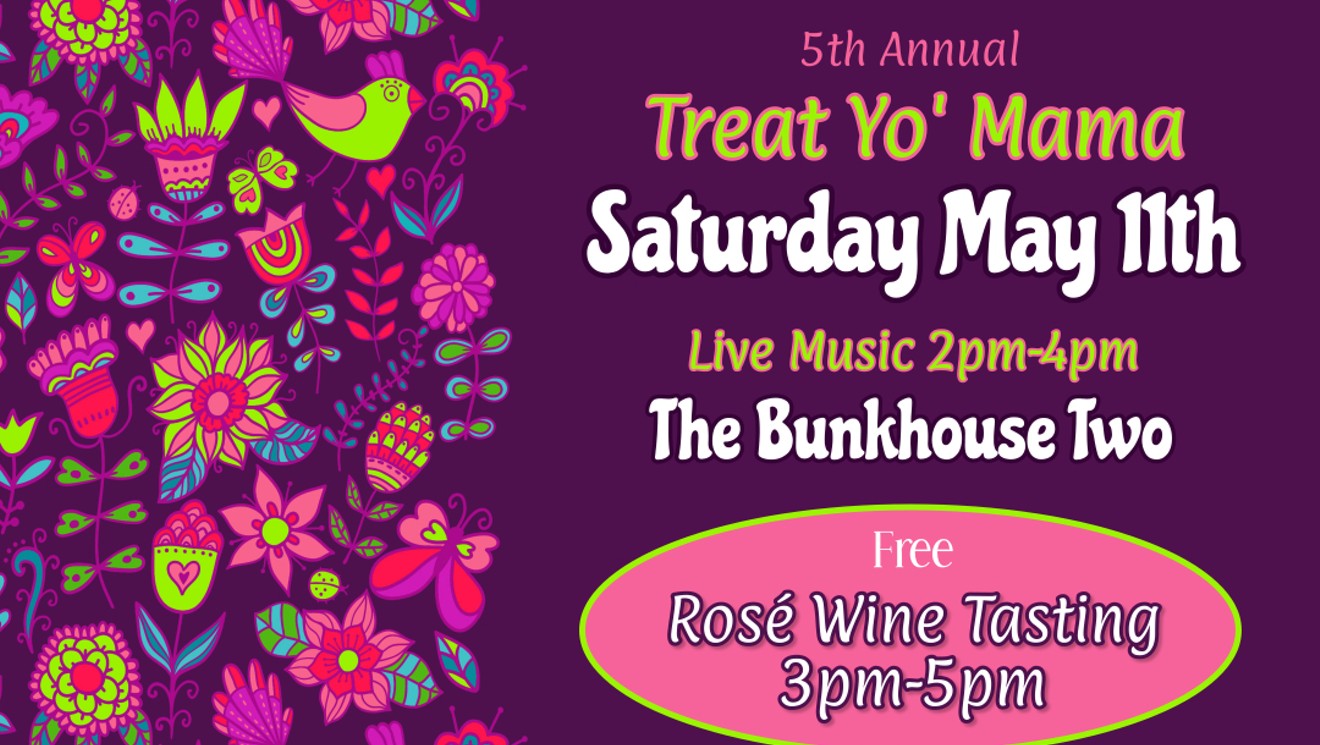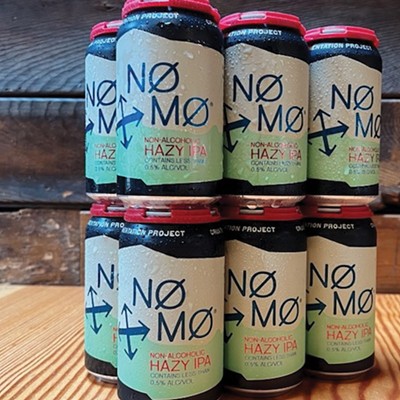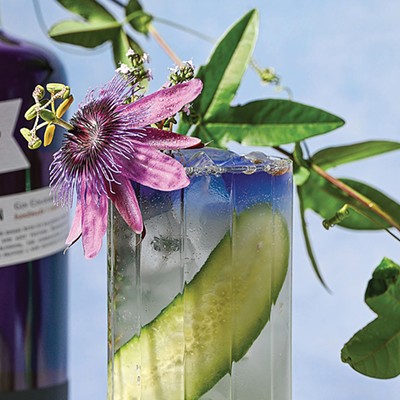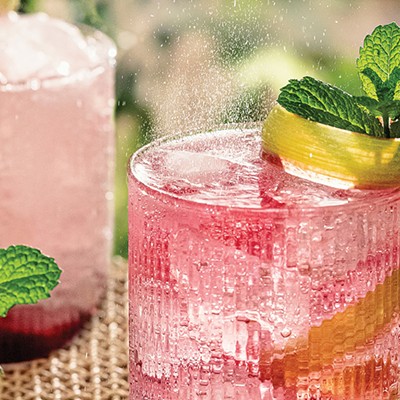In 2008, craft breweries were still on the verge of tapping into beer's wild and wooly past. Historical styles were truly all the rage. You literally (not figuratively) weren't guaranteed to find an "India Pale Ale" on taplists! So-called sour beers were on the cusp of becoming A Thing. Allagash Brewing in Portland, Maine, built the U.S.' first coolship to allow for spontaneous fermentation, the primary hallmark in creating funky, Belgian-style lambics. Search hard enough and you'd find a light, tart Berliner Weisse. In 2009, the equally tart Leipziger Gose, marked by a kiss of salinity, became its own category at the Great American Beer Festival competition. But 2008 was particularly special since that's when Deschutes Brewery reached back into 17th century Belgium as inspiration for its new Flanders-style brown ale, also known as an oud bruin, The Dissident.
Alas, 15 years of interesting, international beer styles in American craft brewing has largely descended into lumping all of these unique flavors, recipes and techniques into the catch-all "sour beer," characterized by their lactic acid, and sometimes acetic acid, produced not by standard brewer's yeast (Saccharomyces) but by the holy trinity of Brettanomyces, Lactobacillus and Pediococcus. These yeasts and bacteria are commonly referred to by brewers as "bugs" and "critters."
The name oud bruin simply translates to old brown. It's slightly better known as Flanders Brown (or Flemmish Brown) as it hails from Belgium's northern region of Flanders. It has a cousin, Flanders Red, but no one calls that Oud Rood, despite being a stylish sobriquet and rad rhyme.
Deschutes' barrel program manager, Dustin Jamison, explains that they initially ferment with a "clean" (not wild or souring) Saccharomyces strain before transferring to "Oakland." Not the city across from San Francisco but, as Jamison explains, "our wood aging and processing area." Get it? Oak land.
"For secondary 'bug' aging," continues Jamison, "we use foeders in a Solera fashion for Dissident." A foeder is significantly larger than a standard oak barrel that holds 31.5 gallons. "Our 100-barrel foeder (315 gallons) was first filled in 2017 and inoculated with a blend of Brett(anomyces) Lambicus and Drie strains. Each year we pull a portion out to age on fruit and replace that volume with a fresh brew. Before fruit our foeder base is pretty Brett forward without a ton of acidity. We haven't isolated what is in there. But with the fresh fruit referment toward the end of aging I am sure we bring in a good deal of Lacto(bacillus) and other native flora off the fruit."
As for that fruit, The Dissident takes on an addition of Montmorency cherries—compulsory for Belgian Krieks, but visit Deschutes' production facility and you'll find iterations aged on marionberries and raspberries, too.
Oud bruins have returned to the endangered list but thanks to their "cellarability" (it ages well), vintage bottles of Crux Fermentation Project's Freakcake are still available at Crux. Likewise, Deschutes has various vintages (and fruited variants) of The Dissident for sale dating back to 2014. Unlike most beers with a "best by" date," The Dissident includes a "best after" date. In true Oregon fashion, The Dissident and Freakcake have undergone secondary maturation in Pinot Noir barrels.
To experience what The Dissident tastes like along its bottle-conditioned journey, I cracked three vintages on the air—OK, on the Soundcloud, while recording a new Source Weekly beer podcast called Grand Craft Beer, with food editor and podcast veteran Donna Britt.
The Dissident 2023 pours a burnt orange with next to no head. The initial whiff is of sour cherries jubilee and balsamic. At first sip, it struck me as a Manhattan-like cocktail of orange peel, mashed Bing cherries, Pinot noir and spices. Britt, more of a wine drinker than a beer lover, seemed floored by the beer's complex, vinous character.
A 2019 vintage curiously seemed brighter, fruitier, and more effervescent, while the 2015 bottle I had in the back of my beer fridge really showed some age via oxidation (despite bottles being dipped in wax to prevent oxygen seeping in) but as such revealed notes of leather and tobacco as you'd expect from older bottles of sherry or cognac. It still had an acidic kick, but raisin and date flavors washed over our tongues as it warmed, segueing from Pinot to port. Being foodies, we discussed how the beer would go with powerful, pungent cheeses, and small game like rabbit or fowl, or anything Belgians can dream up for dessert.
—Find the Grand Craft Beer podcast (and our other podcasts) on the podcasts tab of bendsource.com.

